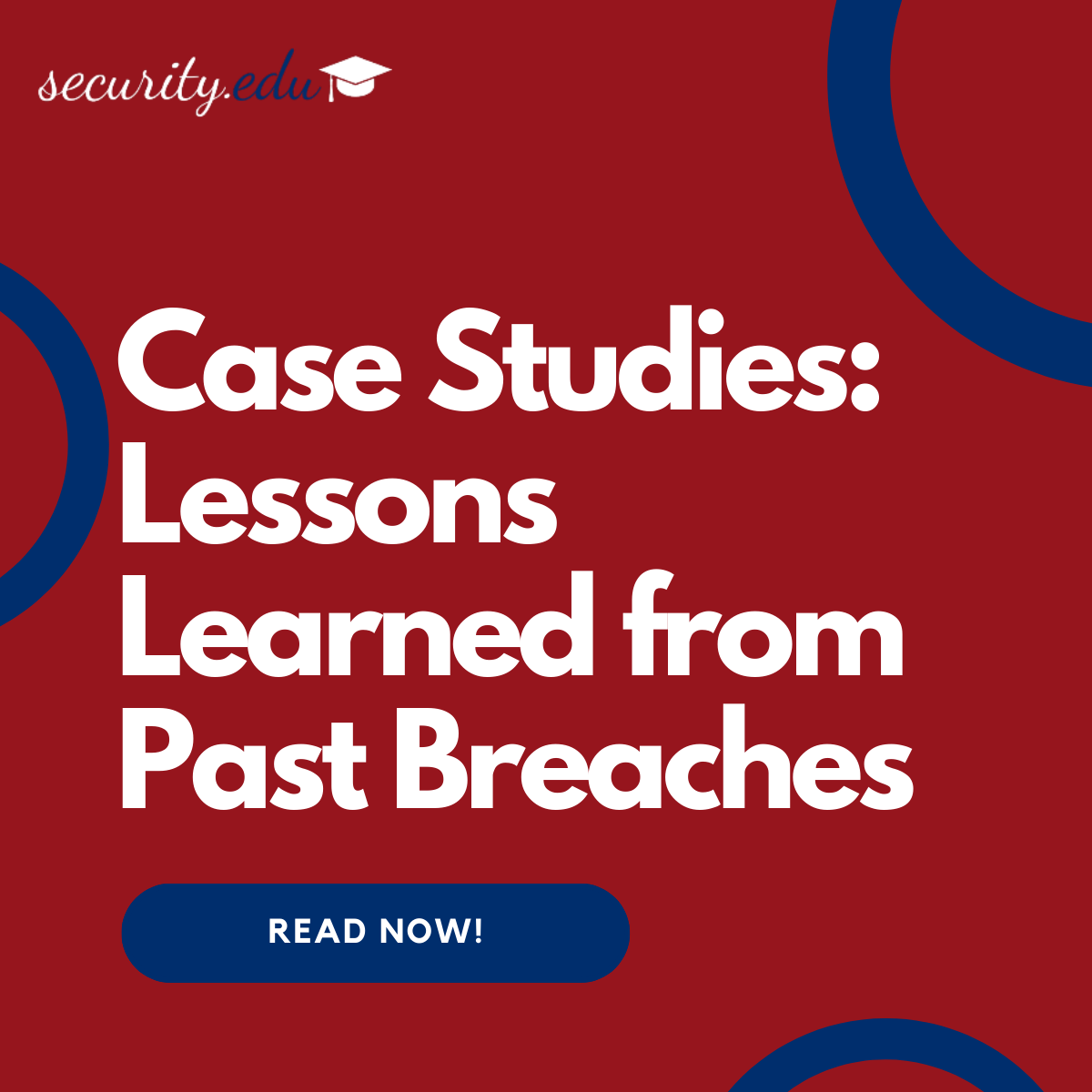In the ninth installment of our series on cybersecurity in the educational sector, we delve into real-life case studies of institutions that have faced security breaches. These narratives not only shed light on the tangible impacts of such incidents but also serve as crucial learning opportunities for other institutions aiming to fortify their digital defenses.
The Reality of Security Breaches
Educational institutions, with their vast stores of personal data, intellectual property, and research, are prime targets for cyberattacks. The consequences of these breaches can be devastating, affecting every facet of an institution’s operations. Through a series of case studies, we explore the repercussions of security breaches and the lessons learned in the aftermath.
Case Study 1: The Personal Data Breach
A prestigious university experienced a massive data breach when hackers gained unauthorized access to a database containing personal information of students, faculty, and alumni. The immediate consequences included identity theft concerns, financial losses for affected individuals, and significant reputational damage to the institution.
Lesson Learned:
This incident underscores the importance of encrypting sensitive data and implementing strict access controls. Post-breach, the university invested in advanced cybersecurity technologies and comprehensive staff training, highlighting the need for constant vigilance and ongoing education in cybersecurity best practices.
Case Study 2: Compromise of Research Data
Another institution fell victim to a targeted attack that compromised years of confidential research data. The breach not only resulted in the loss of valuable intellectual property but also jeopardized the institution’s funding and collaborative partnerships.
Lesson Learned:
Protecting research data requires specialized security measures. The affected institution now segregates sensitive research data from the main network and employs multi-factor authentication and regular security audits to safeguard this critical asset.
Case Study 3: The Ripple Effect on Alumni and Donors
A small college experienced a breach that exposed the personal information of its alumni and donors. The breach severely impacted the institution’s fundraising efforts, as trust eroded and donations plummeted.
Lesson Learned:
Transparency and swift action are key in mitigating the aftermath of a breach. The college’s comprehensive response plan and open communication with affected individuals helped to slowly rebuild trust. This case highlights the importance of having an incident response plan and the role of communication in crisis management.
Case Study 4: Legal Repercussions and Compliance Violations
Following a data breach that exposed student financial records, one university faced legal action for failing to comply with federal data protection regulations. The legal battle and resulting fines placed a significant financial strain on the institution.
Lesson Learned:
Compliance with data protection laws is non-negotiable. This case illustrates the need for regular compliance checks and legal consultations to ensure all data handling practices meet regulatory standards.
Moving Forward: From Lessons to Action
These case studies serve as potent reminders of the multifaceted dangers posed by cybersecurity threats. The key takeaway for educational institutions is clear: proactive and comprehensive cybersecurity measures are not optional but essential. Investing in cybersecurity is investing in the institution’s future, safeguarding its students, faculty, research, and reputation against the ever-evolving landscape of digital threats.

